top of page


Interview of Zhaoyi Mu
ABOUT
Multimedia Artists
School of Visual Arts
Eastern and Western Culture
ARTIST TALK
Zhaoyi Mu is an artist and designer from China. Her creations span multiple fields, including traditional Chinese painting, watercolor, oil painting, woodworking, clothing, graphic design and interactive design. Her artistic journey began in childhood, when she experienced the enlightenment of traditional Chinese art. At the same time, she learned Chinese classical dance and folk dance since she was a child, and performed on stage while studying in New York.
In terms of traditional Chinese landscape painting, Zhao Yi has successfully held a solo exhibition, demonstrating her unique understanding and innovative perspective on this ancient art form. Her works outline majestic mountains and rivers on canvas, incorporating her deep emotions for nature. In junior high school, Zhaoi began to explore Western painting, covering various media such as drawing, watercolor and oil painting. This shift gave her a broader perspective and allowed her to express her creativity and emotions in different ways.
ARTIST & ART CREATIONS
QUESTION
What is your biggest source of inspiration during the creative process?
Zhaoyi:
The sense of power/immersive and spiritually uplifting landscapes/Chinese traditional culture.
QUESTION
Can you describe your creative process? How long does it usually take from conception to completion of a piece?
Zhaoyi:
Regarding conception, I typically don't spend too much time and instead dive into the hands-on process once I've selected my materials. My painting speed is quite rapid; typically, it only takes about four to five painting sessions to complete a larger oil landscape piece.
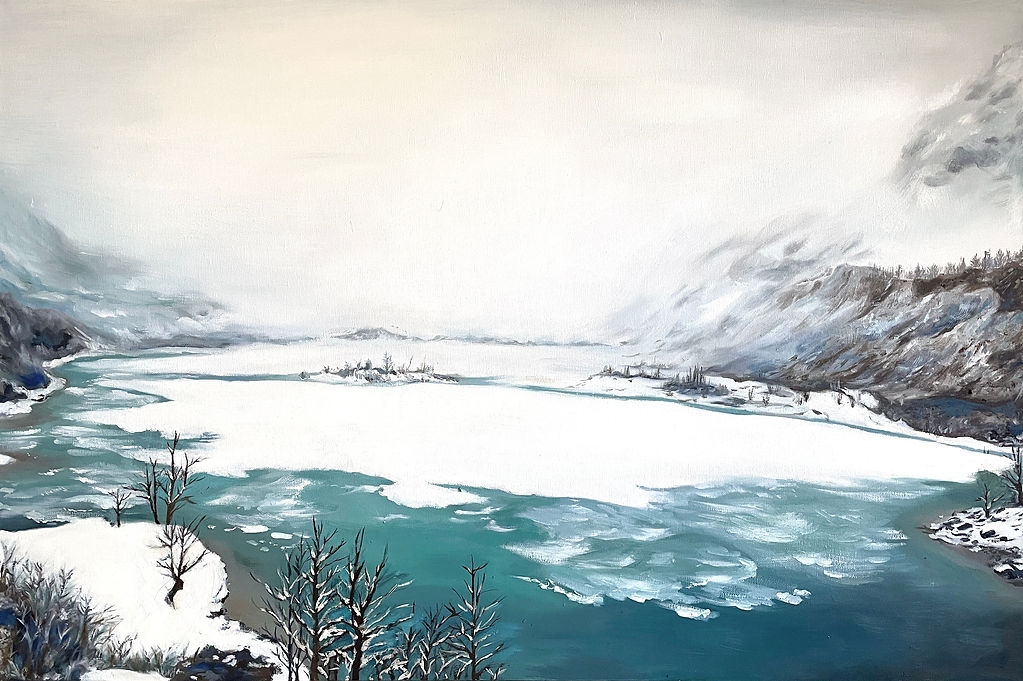
QUESTION
What is your strongest genre in creative work?
Zhaoyi:
Ink wash, landscape, scenery.
QUESTION
How do you utilize your familiarity with various mediums in artistic creation?
Zhaoyi:
My artistic creations involve a wide range of materials, not limited to painting. I have also dabbled in installation art, fashion design, and woodworking. The specific medium I use often depends on the effect I aim to achieve. However, in the future, I look forward to further experimentation, trying to mix multiple mediums, not just sticking to combinations of oil painting but perhaps combining oil painting with woodworking to create unique effects.
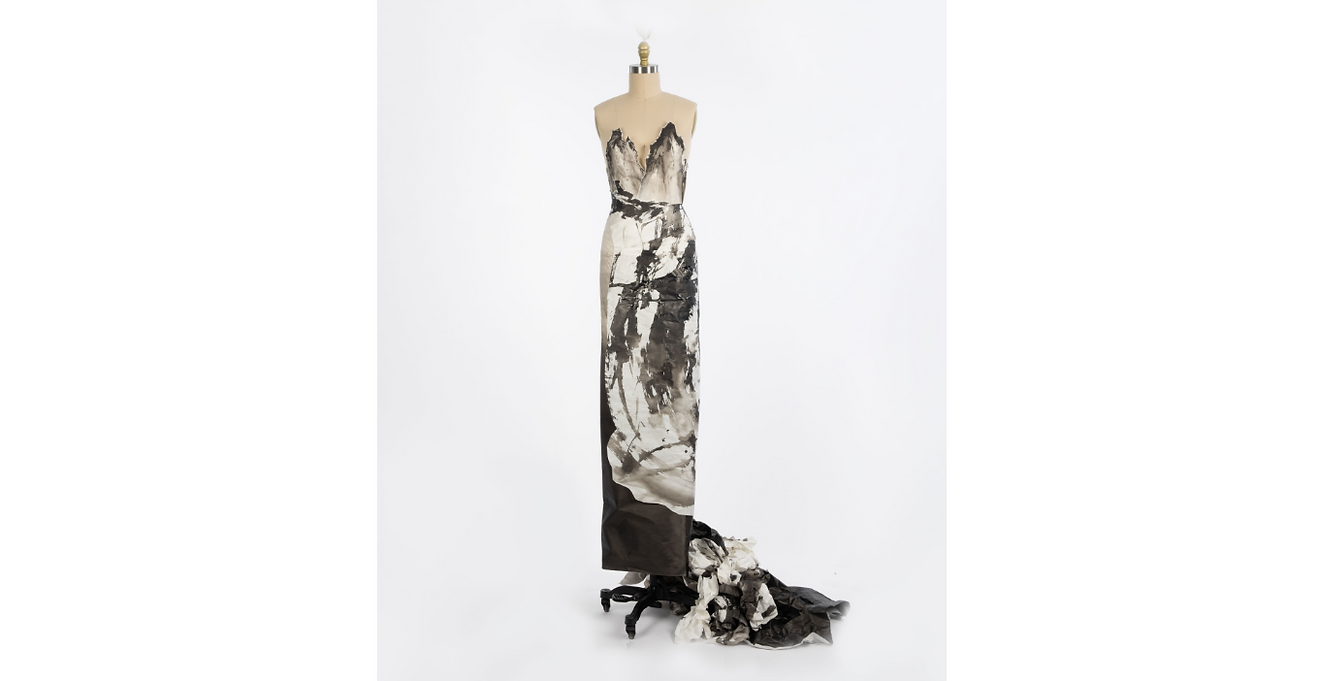
DAILY LIFE AND FUTURE PLANS
QUESTION
Do you integrate your love for art into your daily life?
Zhaoyi:
Certainly, in my daily life, I am someone who embodies a sense of artistry. Whether it's in my fashion choices, writing, life planning, or the arrangement of living spaces, I approach each task with a unique artistic perspective. Whether it's something significant or trivial, every task holds profound meaning for me. I treat each detail with the same seriousness as I would a piece of artwork, sculpting it with care until it resembles a refined piece of art.
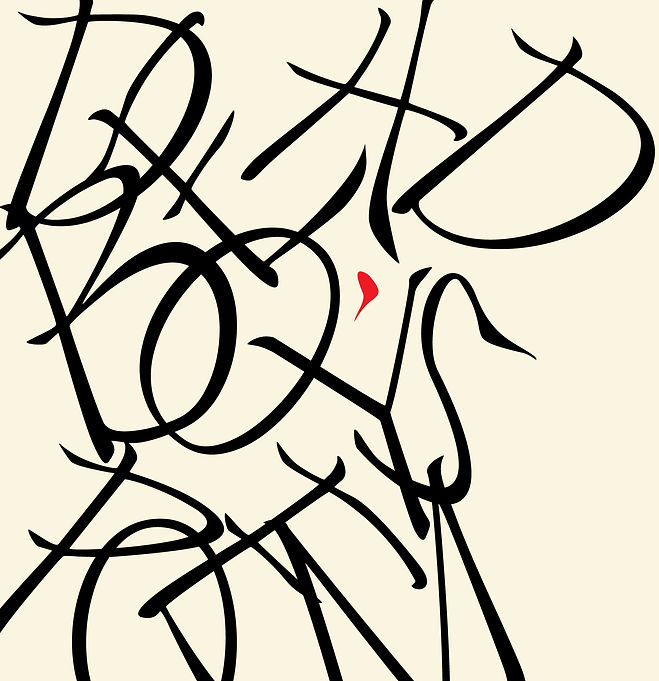.jpg)
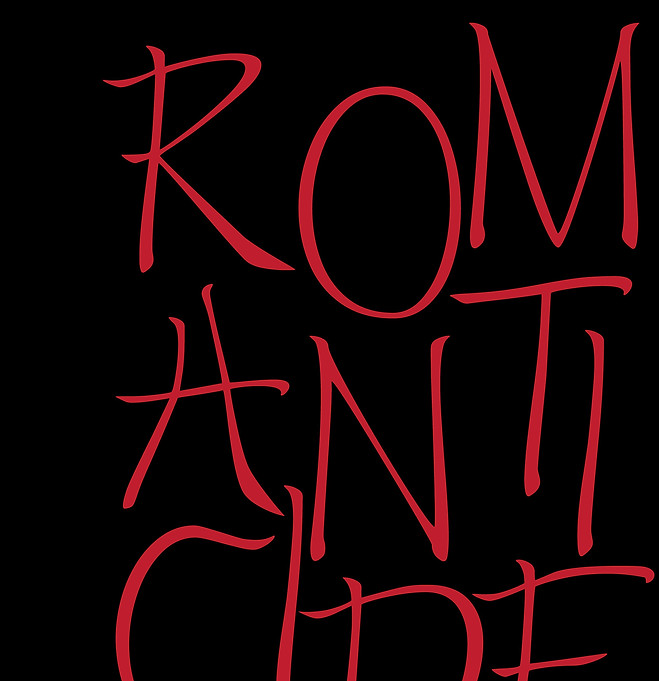
QUESTION
Regarding the future, what are your plans in the realm of art?
Zhaoyi:
Recently, I've been delving deep into the study of some outstanding female artists at school, such as Frida Kahlo, Judy Chicago, and Hanna Wilk. They ingeniously integrate their personal life experiences and profound insights into their artistic creations in unique ways. This has suddenly awakened me to a new understanding of myself. As someone inclined towards introspection and deep thought, I've always had many reflections and insights about life, but I had never considered how to translate these insights into artworks.
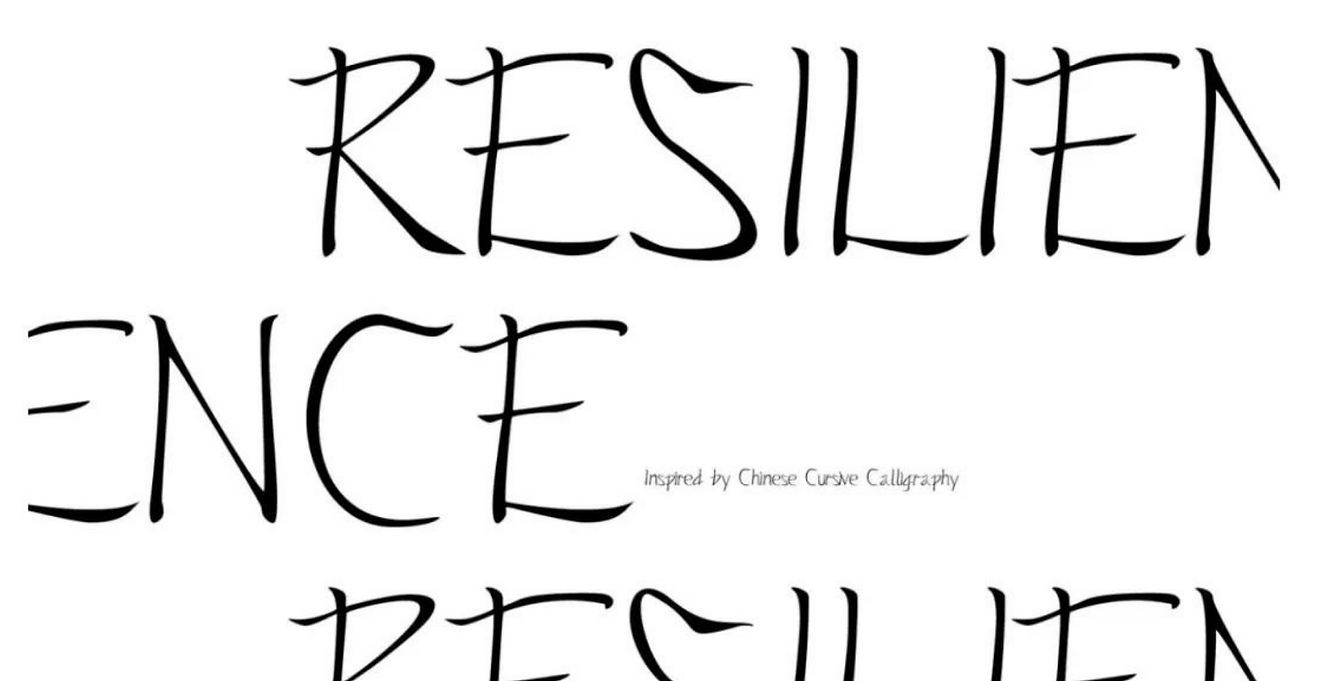

QUESTION
Regarding the future, what are your plans in the realm of art?
Rey:
Zhaoyi:
Through studying these exceptional female artists, I've learned how they express their inner intentions through various mediums and techniques. This is a field I have yet to explore, but as an authentic individual living life sincerely, I feel it's time to start integrating my life experiences with art.
I look forward to exploring and utilizing different artistic mediums to express my understanding of life in a more comprehensive and profound manner. This process will not only be a reflection of myself but also a new adventure in artistic creation. Through such attempts, I hope to break my own limitations and present my inner world to the audience in a unique and expressive way. This marks a fresh beginning, and I am eager to find my own artistic language in this creative journey, infusing my personal thoughts and emotions into my works to create a unique artistic experience.


KEY QUESTIONS
QUESTION
How do you perceive the connection and distinction between traditional art and modern art within the realm of diverse artistic practices?
Zhaoyi:
Traditional art and modern art are quite distinct, exhibiting significant differences in the environment of life and the social landscape. Modern art reflects current life characteristics, showcasing new perspectives on life and thought. People begin to emphasize different ways of thinking, living differently, using different materials, and discussing different issues.
In terms of form and content, there are evident differences between traditional art and modern art. Modern artists may incorporate, interpret, or reinterpret traditional artistic elements in their creations to carry forward historical legacies. Simultaneously, some traditional artistic techniques and crafts still play crucial roles in the modern era. Modern artists may employ traditional materials and techniques to infuse their works with a deeper sense of history and texture.

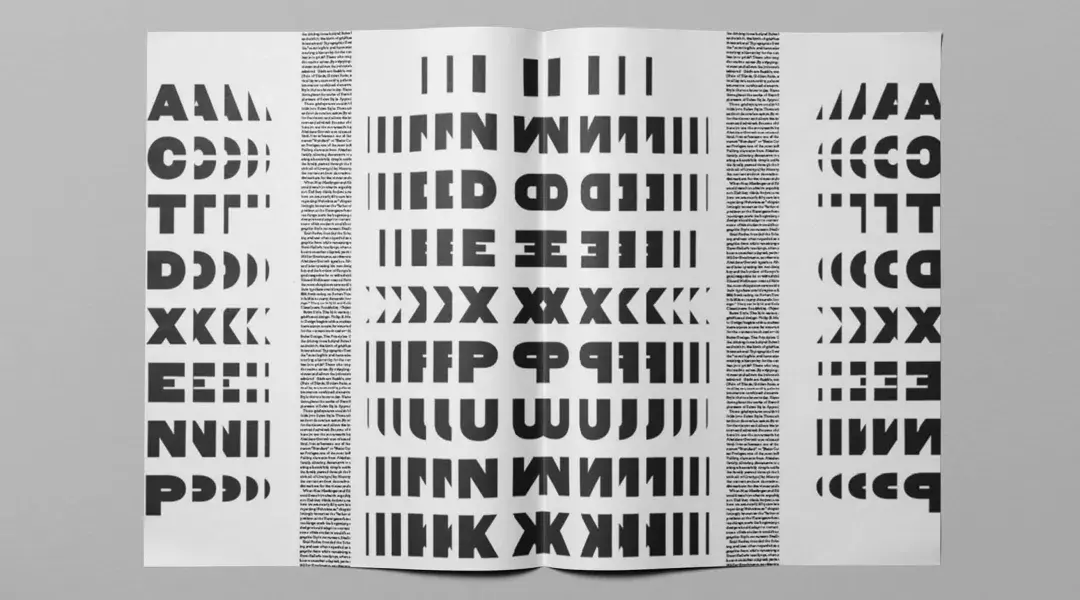
Zhaoyi:
Modern art tends to prioritize innovation and experimentation, with artists daring to challenge traditional constraints and explore new artistic languages and expressions. This spirit of innovation breaks traditional boundaries, injecting new vitality into art. I appreciate this spirit greatly.
Some modern artworks focus on interaction and participation with the audience, breaking the traditional relationship between the audience and the artwork through various means such as technology. In contrast, traditional art emphasizes passive appreciation by the audience, emphasizing the presentation of the artwork itself.

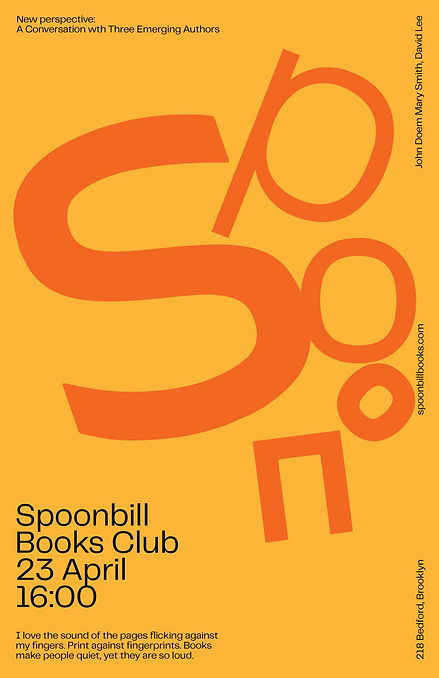
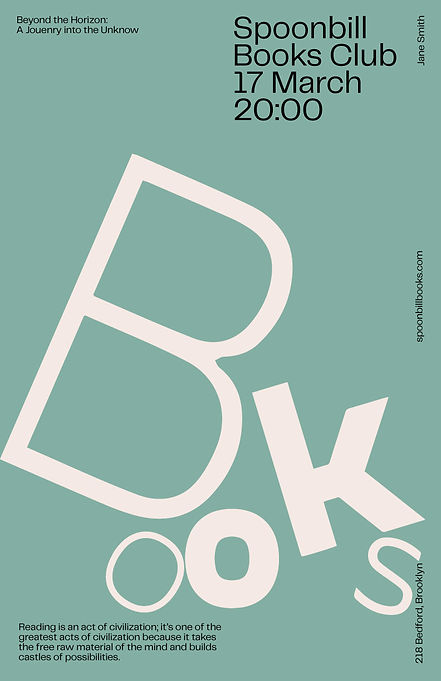
Zhaoyi:
In my view, the relationship between tradition and modernity is one of different categories. We can freely use various mediums, depending on the artist's intent to convey thoughts through different means. One's insights and thoughts in the present moment are timeless, invaluable, transcending the dichotomy of tradition and modernity.
.webp)
QUESTION
How do you perceive the relationship between art and design?
Zhaoyi:
From the perspective of the design field that I've studied, there exists a significant difference yet a close correlation between design and art, primarily stemming from their differing modes of thinking. Currently, my studies encompass interactive design, user experience, product design, service design, and graphic design, occasionally delving into some attention-grabbing installation designs. In most cases, my designs are human-centric. Therefore, in the realm of design, I particularly consider two key factors: empathy and optimal solutions.
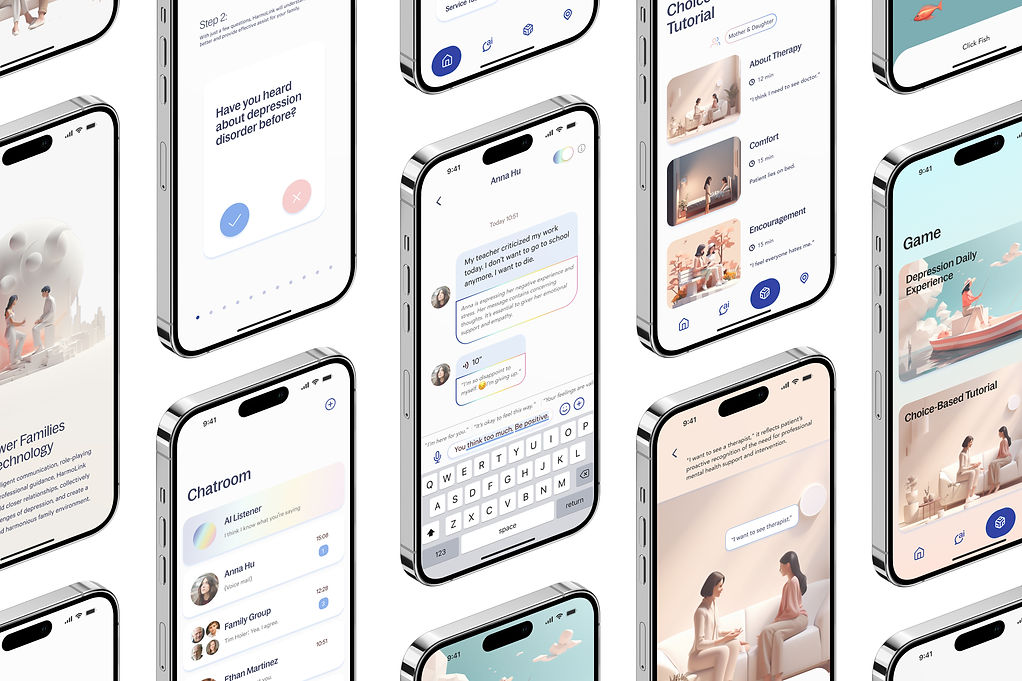
Zhaoyi:
My design process typically involves identifying problems, conducting research, understanding the issues, and providing solutions. Throughout this process, I may engage with multiple fields such as technology, psychology, biology, ethics, among others. Simultaneously, I need to learn about humanity, contemplate what kind of design truly meets people's needs, and this must be based on empathy. In my view, being able to consider these factors and excel at it is an art. It requires thoughtful consideration, diligent effort, skillful problem-solving, weighing trade-offs, and ultimately achieving a breathtaking and awe-inspiring effect: "Wow, that's a great solution."
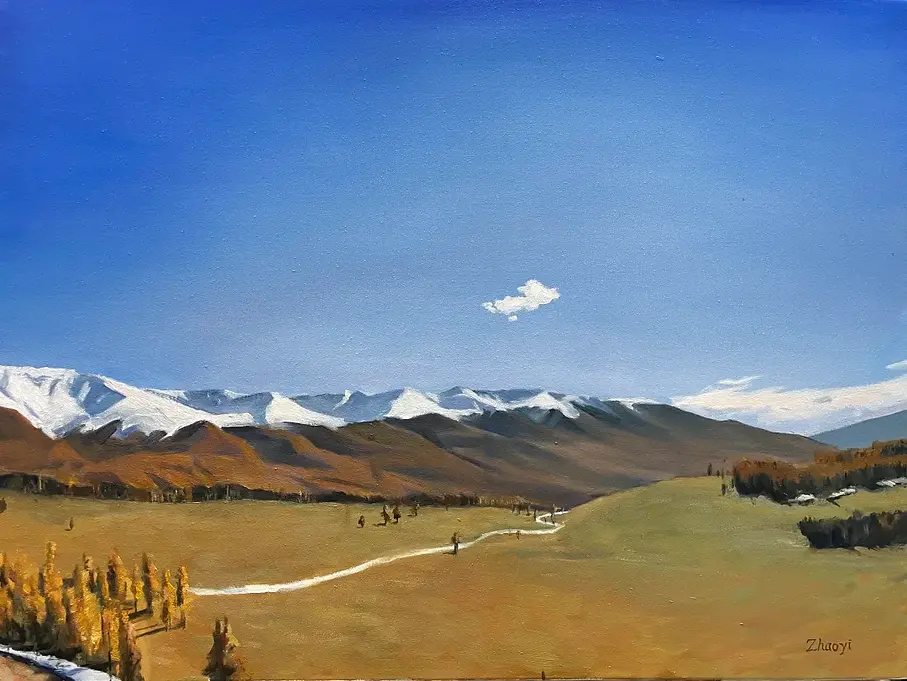
Zhaoyi:
My design serves people, whereas my pure art serves myself. My design is filled with rigorous thinking, whereas my art is relatively more free. I can choose not to use my brain in art, or I can incorporate some design frameworks into it. My design is a limited framework, whereas my art is a blank canvas where I can freely create or choose some design frameworks to apply.
QUESTION
What guides you to incorporate the profound influence of Chinese classical culture into your works?
Zhaoyi:
Chinese traditional culture possesses many precious elements, and it is these elements that guide me. From a personal perspective, I was introduced to the world of Chinese traditional culture under the guidance of my mother. I began learning traditional Chinese painting and dance from a young age. In the early years, I merely followed the trend in these activities, without truly understanding their deeper meanings. It wasn't until high school that I began to explore a more diverse world and re-evaluate China, especially in the realm of art, from an international perspective. Through my studies of sketching, watercolor, and oil painting, I gained a deeper understanding of the differences in techniques and content between Chinese and Western art. Consequently, I developed a unique perspective on art that integrates both traditions.

Zhaoyi:
It was through immersing myself in Western art that my love for my Chinese cultural background grew stronger. Due to my upbringing being closely tied to Chinese culture, I naturally share many stories and cultural habits related to China. In contrast, my experience of living in the Western world has been relatively short-lived. Although I have spent one or two years living in the United States, I cannot claim to fully understand Western life. My life in China exposed me to many cultural influences. Now, studying in the United States, I have gained a deeper understanding of the similarities and differences between Chinese and Western cultures, observing many strengths and weaknesses.
After encountering different countries, types of art, and ideologies, I often find myself marveling, "We have something similar in our country," or "We're not too bad either." Even in a foreign land, I continue to maintain my love for Chinese traditional culture because I have deeply understood and compared it. I know that our country has many excellent and profound aspects.

QUESTION
How has the above affected your artwork specifically?
Zhaoyi:
Given the freedom to express myself, I strive to showcase elements of Chinese culture extensively. For instance, I integrate calligraphy-inspired designs into English letters or infuse the inspiration of Chinese landscape ink paintings into gown designs. In Western classrooms, I actively merge content related to Chinese culture through creative means, which has been well-received by both teachers and peers.
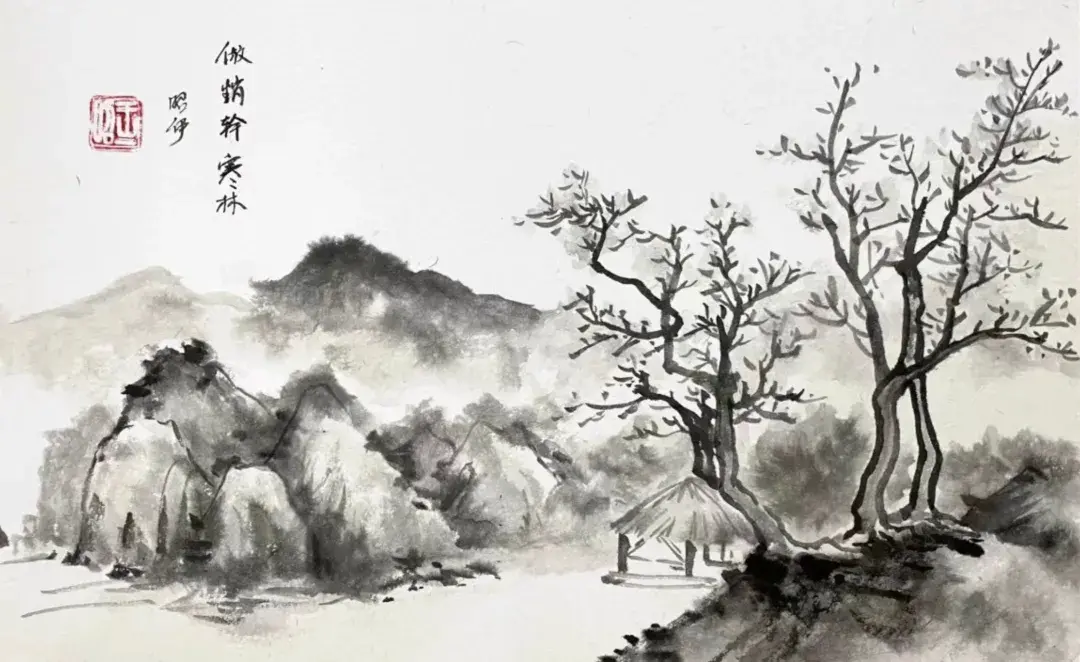
Zhaoyi:
In my paintings, many details reflect my traditional cultural background. My university oil painting instructor, a graduate of the Royal College of Art in the UK, commented on my landscape oil paintings, stating, "Although they are oil paintings, the composition, lines, and overall feel are very much like Chinese paintings." This involves careful control of many details, such as the use of branches' lines and colors, revealing my familiarity and aesthetic appreciation for Chinese painting.
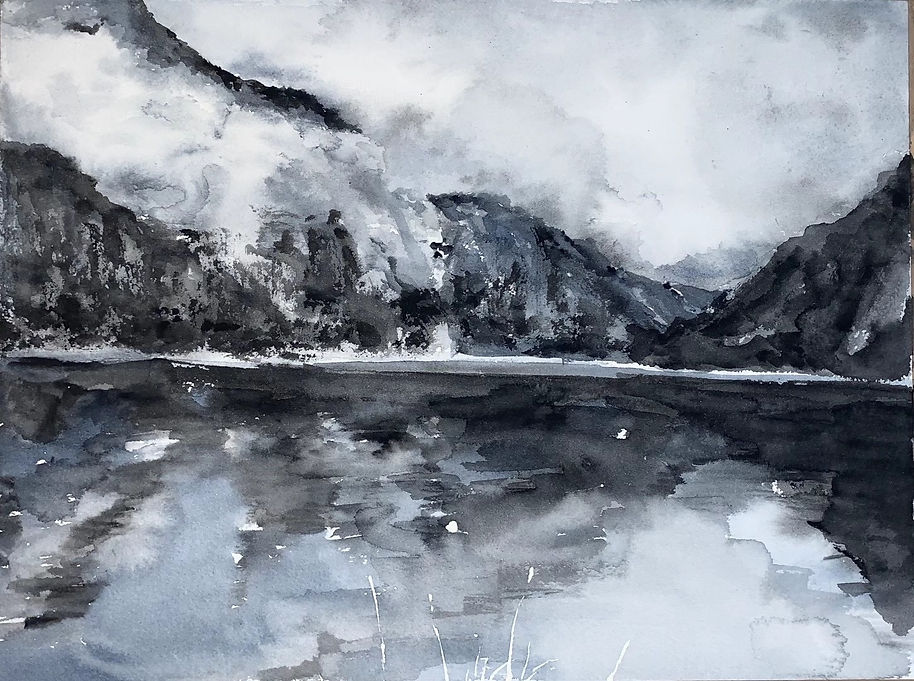
Zhaoyi:
Additionally, I perform Chinese traditional dances annually on stages in New York, including dances of Korean, Uyghur, and Dai ethnicities, among others. This is another form of showcasing the diversity of Chinese culture through dance to the world, demonstrating my deep understanding and expression of traditional art forms. This integrated artistic practice enables me to convey and share the charm of Chinese culture in various ways.
BLUBLU
Zhaoyi Mu finds inspiration in immersive landscapes and Chinese culture. Her journey began with traditional Chinese art and dance training in China and New York. Later, Zhaoyi's repertoire spans painting, fashion, woodworking, and more. She merges Eastern and Western influences, creating captivating artworks. Rapid in her process, Zhao completes larger pieces in just a few sessions. She integrates her love for art into daily life and plans to explore new mediums, and her work reflects a deep appreciation for Chinese culture and a commitment to artistic expression.
bottom of page
